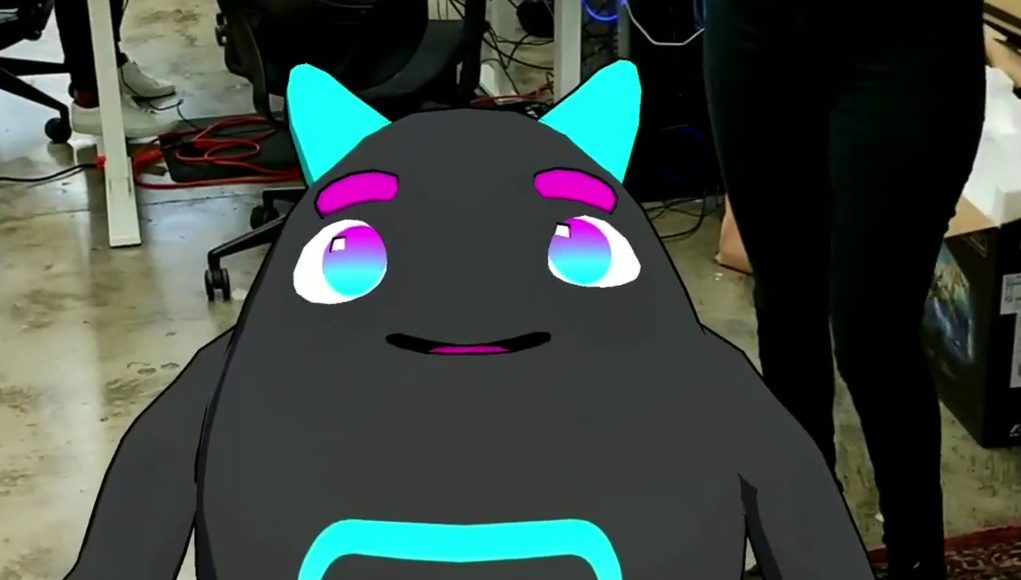Former Felix & Paul chief content officer Ryan Horrigan and former Milk VR and VRSE.works producer Armando Kirwin have banded together to found Artie, a new startup with the mission of bringing AI avatars to augmented reality.
In the video below, you can see a bulbous little avatar named ‘Moke’ responding to voice commands and doing the Moonwalk, Makarena, or YMCA dance.
But what’s especially interesting is the little assistant ‘Winnie’, which uses machine learning to recognize what you’re looking at in real-time, be it a friend smiling ear-to-ear, or a Coke can on your desk.
“With Artie’s deep-learning insights and analytics platform, creators can monitor engagement with their avatars in real-time,” the company says in a press statement. “The platform also captures user behaviors to drive neural networks that automatically train and improve an avatar’s performance over time, enabling more entertaining and lifelike interactions for each subsequent user.”
The company tells Variety their software is capable of detecting seven prime emotions based on facial expressions, which Artie says should expand to 30 emotions in the coming months. The little purple onion-guy Winnie can only detect 80 objects at the moment, but that’s also a number that’s sure to grow in the near future.
“VR and AR are the first media where you can be part of the story,” Horrigan tells Variety. “But you can’t talk to characters. You can’t have human interactions with characters. We felt this was a big problem.” And it’s a problem the company wants to address on a pretty large scale—not by just creating their own avatars and throwing them on Google Play or Apple’s App Store willy nilly.
“Right now, AR experiences are stuck in the App Store,” said Horrigan. “The distribution angle needs to change to really see meaningful discovery and shareability and thus virality.”
To address this, Artie is developing something it calls the ‘Wonderfriend Engine’, a suite of tools that will help companies build their own interactive avatars for mobile AR experiences. The company hopes one day that Hollywood will pick up on the idea of building their own AI avatars for a deeper level of brand engagement.







